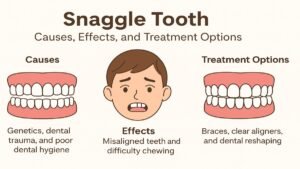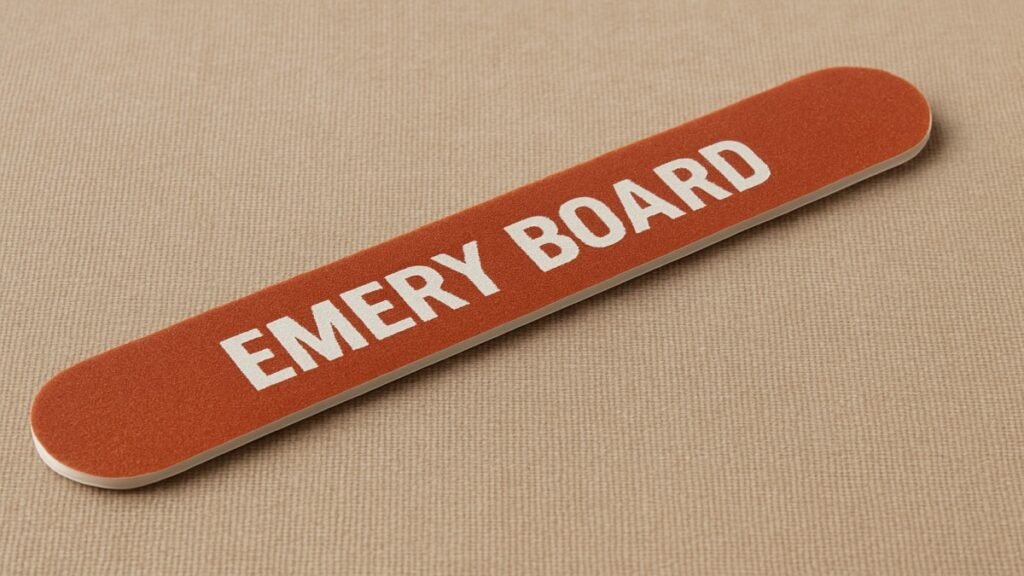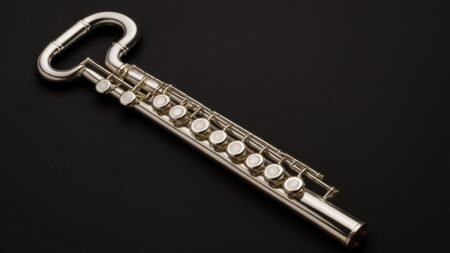Introduction
What Is an Emery Board?
You’ve probably seen one in your mom’s purse, in a salon, or maybe even in your desk drawer. An emery board is a flat nail file made from cardboard or thin wood, coated with a layer of abrasive emery or sandpaper. It’s the go-to tool for shaping and smoothing nails—simple, effective, and easy to use.
Why It’s Still a Staple in Nail Care
In an age of electric files and fancy buffers, the emery board still reigns. Why? It’s affordable, portable, and gets the job done without drama. Whether you’re doing a quick fix or a full mani, it’s always handy.
The Origins of the Emery Board
A Brief History of Nail Grooming
People have been obsessed with nails since ancient Egypt. From polished stones to metal tools, grooming has evolved—but the emery board, introduced in the late 1800s, became a game-changer.
Who Invented the Emery Board?
It’s widely credited to Flowery Beauty Products, who created the first emery boards in 1883. Since then, it’s become a must-have in nearly every grooming kit worldwide.
Anatomy of an Emery Board
Materials Used
- Core: Usually made of cardboard, plastic, or thin wood
- Coating: Emery (a mixture of corundum and magnetite) or synthetic abrasives
- Texture: One or both sides rough, depending on grit
Different Grit Levels Explained
- 80–100 grit: Coarse (for acrylic nails)
- 180 grit: Medium (for shaping natural nails)
- 240 grit and above: Fine (for smoothing edges)
The higher the grit, the smoother the file.
Emery Board vs Nail File
Key Differences
- Emery boards are cheaper and disposable
- Metal or glass files last longer but can be harsher on nails
Which One Is Right for You?
If you want something gentle and easy to replace, emery boards are your best bet. For salon-quality filing, metal or glass might suit you better—but be careful with pressure!
Types of Emery Boards
Double-Sided Boards
One side coarse, one side smooth—perfect for shaping and finishing.
Travel-Sized
Small and lightweight, ideal for emergencies or touch-ups on the go.
Salon-Grade
Thicker, sturdier, and more precise—great for pros and serious nail lovers.
How to Use an Emery Board
Step-by-Step Instructions
- Start with clean, dry nails.
- Hold the emery board at a slight angle.
- File in one direction only to avoid splits.
- Use a finer grit to smooth the edges.
- Wash hands to remove dust.
Common Mistakes to Avoid
- Filing back and forth (causes splitting)
- Filing wet nails (leads to breaks)
- Using too much pressure (thins the nail)
Benefits of Using an Emery Board
Gentle on Nails
The soft surface is less abrasive than metal files, which helps reduce breakage and damage.
Affordable and Accessible
You can grab a pack of 10 for just a few bucks. Keep one everywhere—in your purse, car, office, and bathroom!
Emery Boards for Natural vs. Acrylic Nails
Choosing the Right Grit
- Use 180 grit or higher for natural nails
- Stick to 80–100 grit for sculpting acrylics
Techniques for Best Results
Use long, slow strokes with minimal pressure for natural nails. For acrylics, more pressure is okay—but control is key.
How Often Should You Replace It?
Signs It’s Time to Toss It
- Grit has worn down
- The board is bent or torn
- Discoloration or buildup appears
Hygiene Tips
Always sanitize if sharing or reuse is intended. A simple alcohol wipe does wonders.
Eco-Friendly Options
Sustainable Brands to Try
Look for biodegradable or recyclable versions from brands like:
- EcoTools
- Karma Organic
- Tweezerman Green Collection
Reusable Emery Boards
Glass-coated or washable emery boards last longer and reduce waste.
Where to Buy Emery Boards
Drugstores and Beauty Shops
Find them in the nail care aisle at Walgreens, CVS, or Ulta.
Online Marketplaces
Amazon, Walmart, and beauty-specific retailers have tons of variety—read reviews for quality tips.
Conclusion
The humble emery board may not look fancy, but it’s one of the most essential tools in nail care. Whether you’re prepping for a manicure or just tidying up your tips, it delivers consistent, gentle results. Affordable, effective, and surprisingly versatile, it deserves a spot in every grooming kit.
FAQs
1. Can I use the same emery board on my toenails?
Yes—but consider using a sturdier one, as toenails are thicker.
2. Are emery boards safe for kids?
Absolutely! Just make sure they’re supervised to avoid over-filing.
3. How do I clean an emery board?
Wipe with an alcohol pad or rinse under cool water if washable.
4. Is a coarse or fine grit better for weak nails?
Fine grit (240+) is gentler and ideal for fragile nails.
5. How do I dispose of old emery boards?
If biodegradable, toss in compost. Otherwise, dispose with regular trash unless recyclable.








